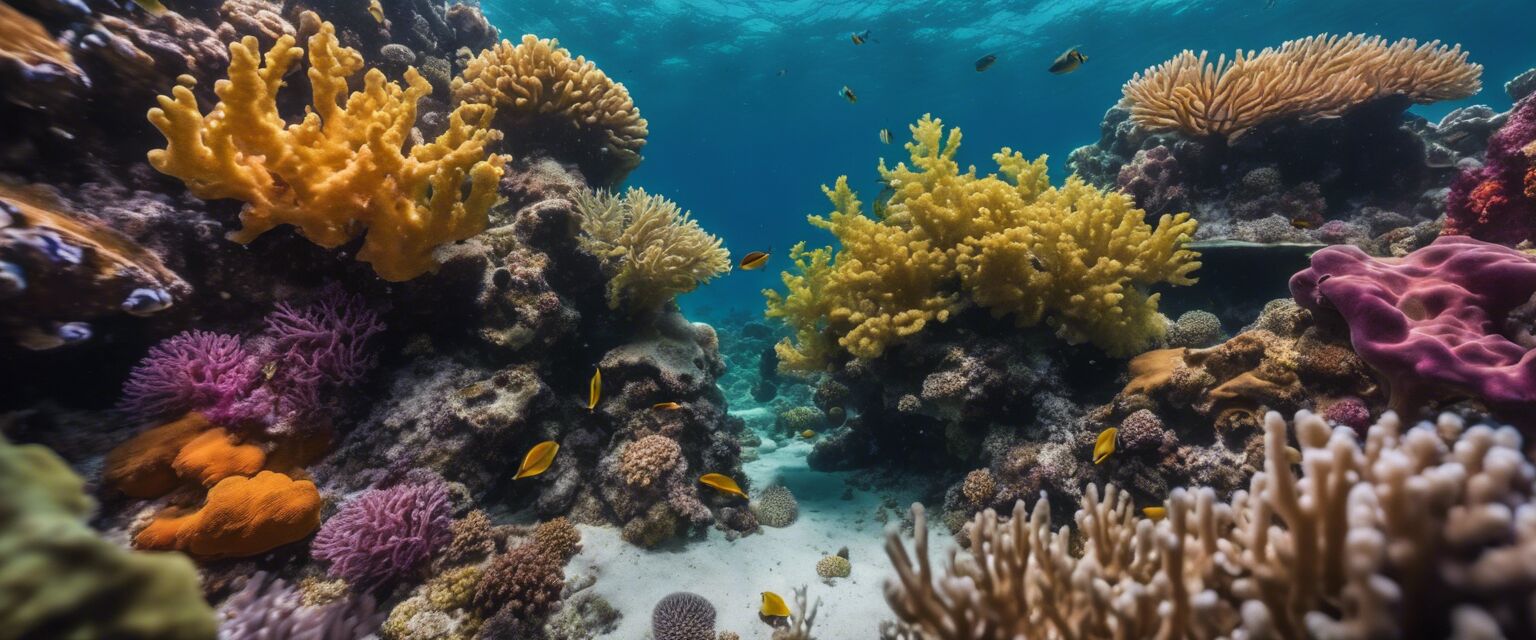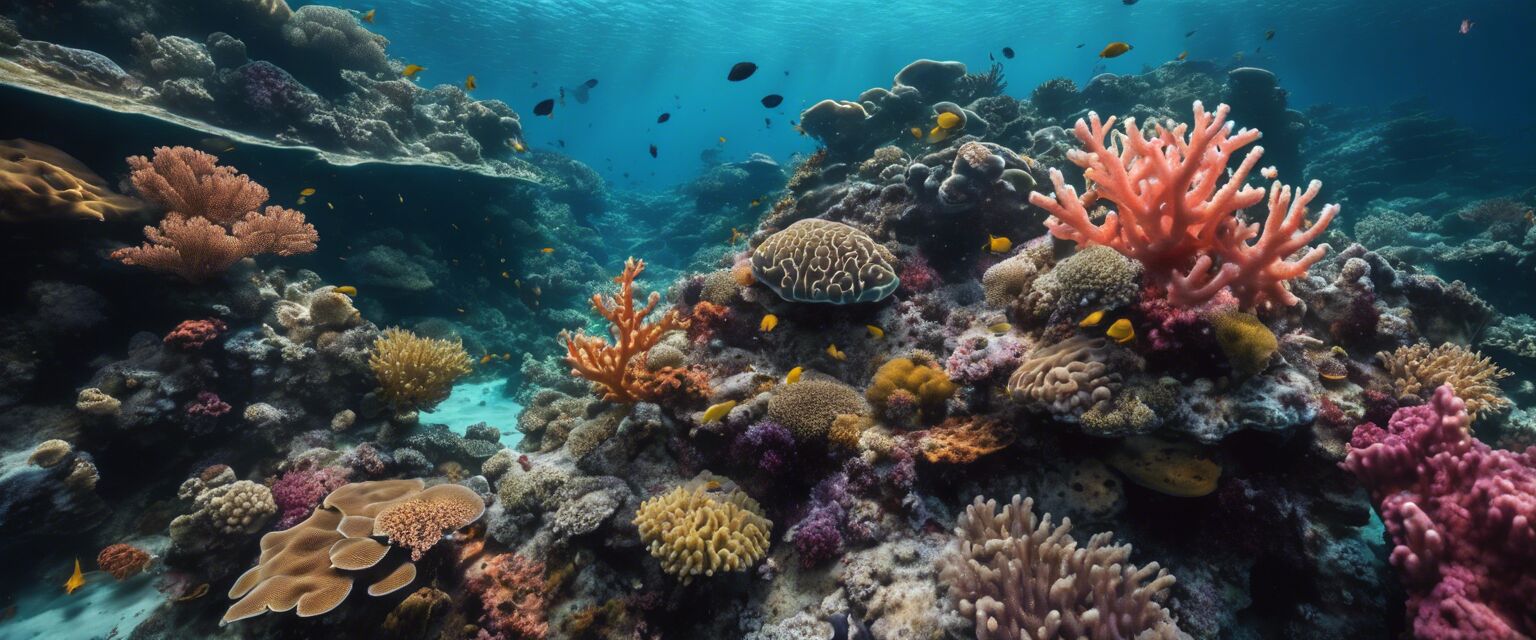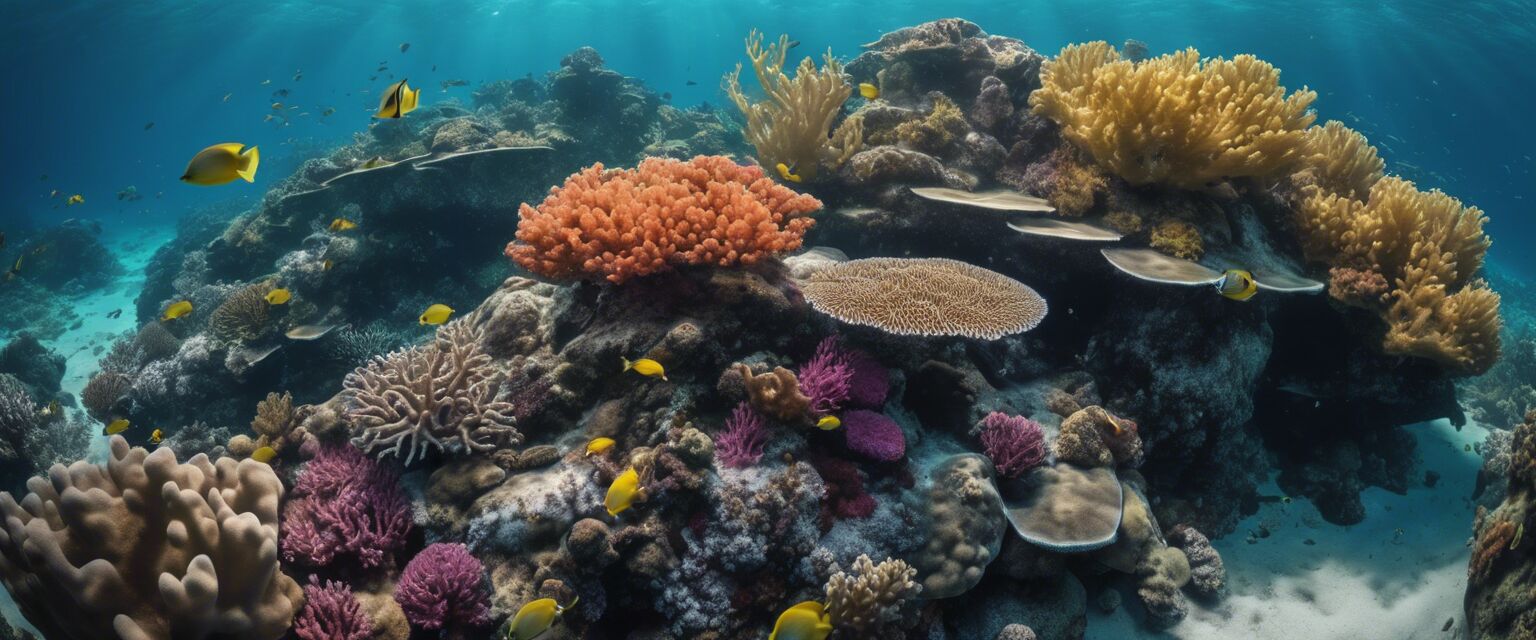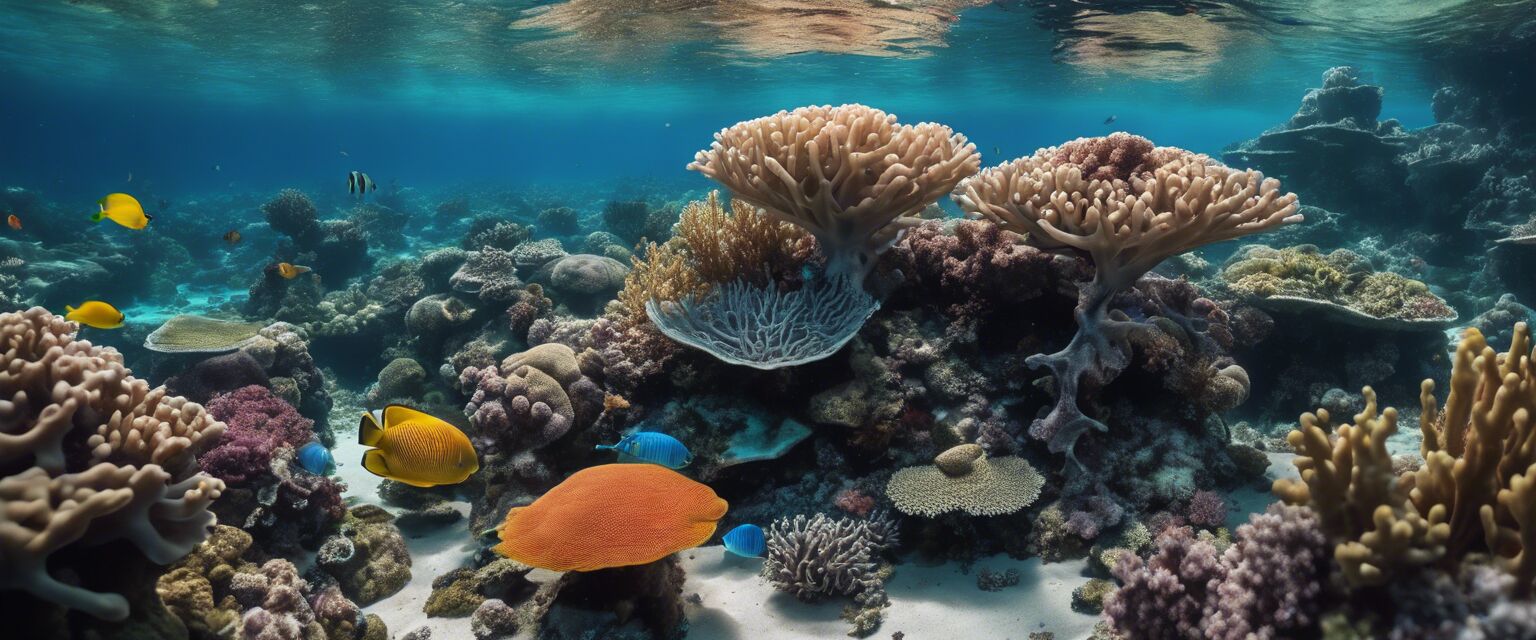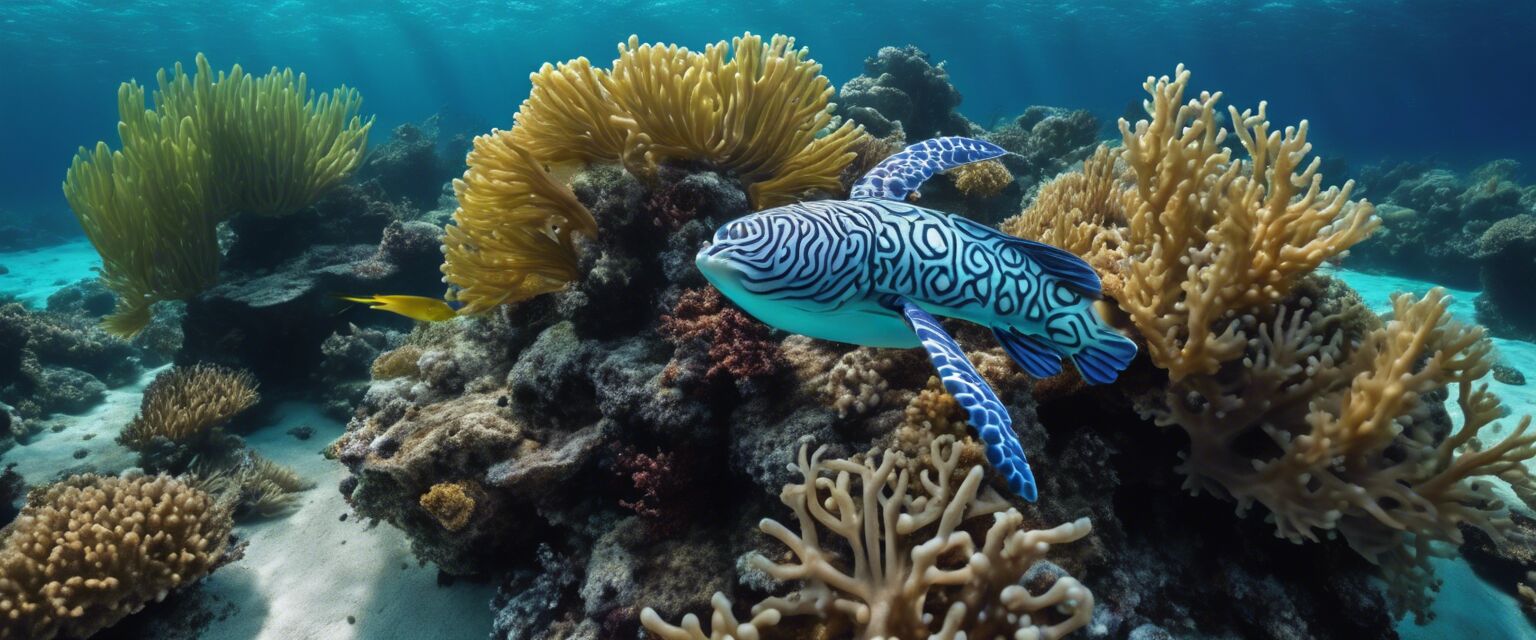
Positioning and composition underwater
Capturing breathtaking underwater images is both an art and a science. The way you position yourself and compose your shots can dramatically affect the beauty of your photographs. In this article, we will explore tips and guidelines for composing stunning underwater shots and positioning yourself for optimal angles.
Key Takeaways
- Proper positioning is essential for capturing fine details.
- Composition techniques like the rule of thirds can enhance your images.
- Lighting plays a crucial role underwater; position your light source wisely.
- Consider the background and foreground elements for depth.
- Practice makes perfect â experiment with different angles and techniques.
Understanding underwater positioning
Positioning yourself effectively under the water is fundamental to achieving great photographs. Here are some techniques you should consider:
| Technique | Description |
|---|---|
| Low Angle Shots | Shoot from a low angle for dramatic perspectives and to capture more of the background. |
| Side Positioning | Position yourself to the side of your subject to achieve a more engaging composition. |
| Close-up Shots | Get close to your subject to highlight its details and textures. |
Composition techniques for underwater photography
Effective composition can elevate your underwater photography. Here are some key techniques:
- Rule of Thirds: Divide the frame into thirds and place your subject at the intersections.
- Leading Lines: Use natural lines to lead the viewer's eye towards the subject.
- Framing: Use elements from the environment to frame your subject, adding depth and context.
Lighting considerations
Underwater lighting is crucial for capturing vibrant colors and details in your shots. Keep these considerations in mind:

Pros
- Enhances color vibrancy in images.
- Helps in highlighting the textures of marine life.
- Creates depth and dimension in underwater shots.
Cons
- Can be tricky to manage underwater.
- Requires additional equipment in some cases.
- May cause unwanted reflections if not positioned correctly.
Background and foreground considerations
Donât just focus on the subject; consider the background and foreground elements to create more compelling images.

Experimentation and practice
The best way to improve your underwater photography is through experimentation:
- Try different angles and distances, such as:
- Wide-angle shots to capture more of the environment.
- Macro shots for intricate details.
- Experiment with positioning in relation to your light source.
- Take multiple shots of the same subject in varied compositions.
Conclusion
Positioning and composition are key elements to successfully capturing underwater images. By applying the techniques and tips mentioned in this article, you can enhance your skills and create stunning visual stories of marine life. Remember to practice regularly and let your creativity guide you.
Tips for Beginners
- Start with a clear concept of what you want to capture.
- Invest in good quality camera accessories for better results.
- Use a strobe for improved lighting in deep waters.
Further resources
For more detailed insights into underwater photography skills, check out these pages:

